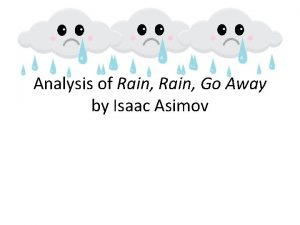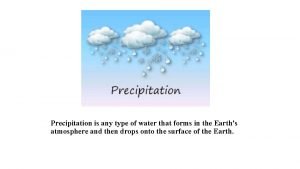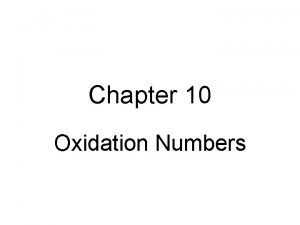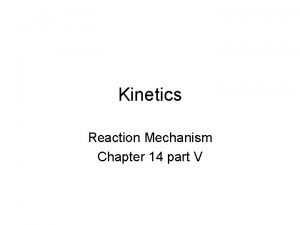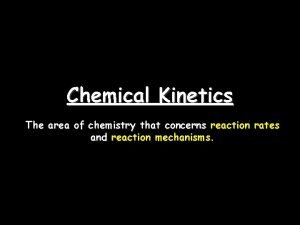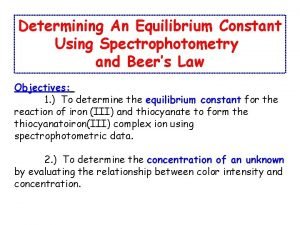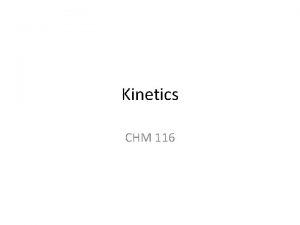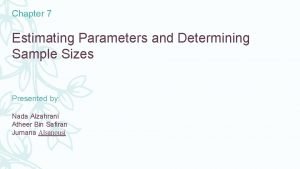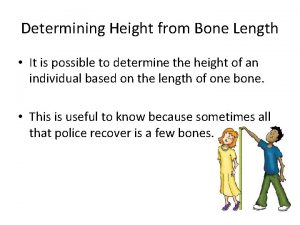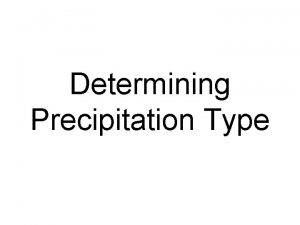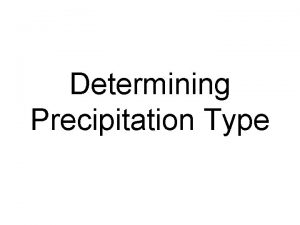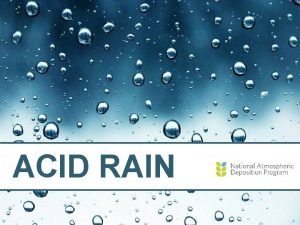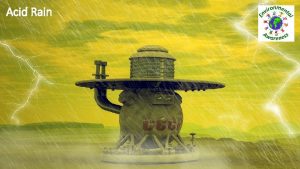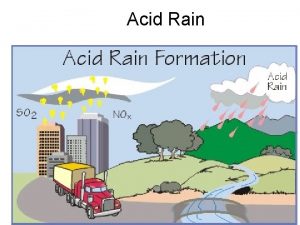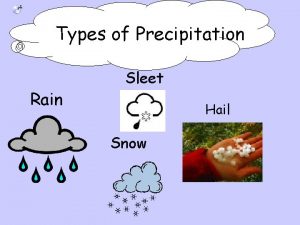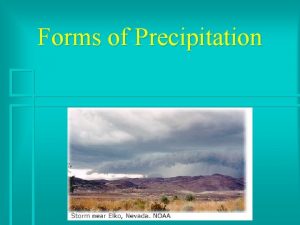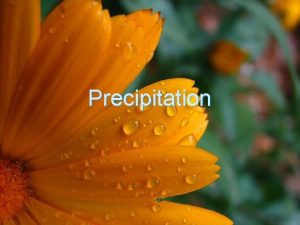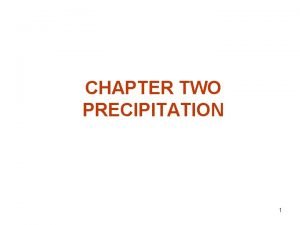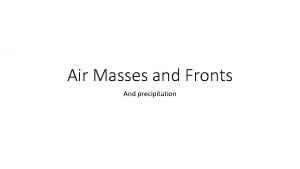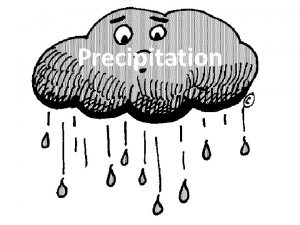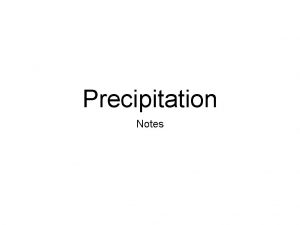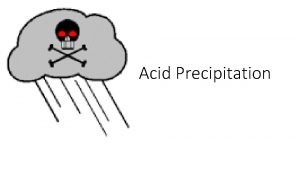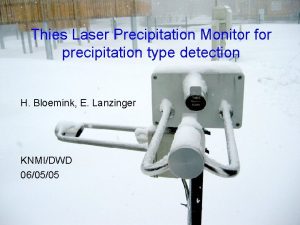Determining Precipitation Type Determining Precipitation Type Rain R

































- Slides: 33

Determining Precipitation Type

Determining Precipitation Type • Rain (R, RA)- Rain is liquid precipitation that reaches the surface in the form of drops that are greater than 0. 5 millimeters in diameter. • The intensity of rain is determined by the accumulation over a given time. • Categories of rain are light, moderate and heavy.

Cold Rain Sounding

Cold Rain Sounding

Determining Precipitation Type • Snow (SN, SNW, S)- Snow is an aggregate of ice crystals that form into flakes. • Snow forms at temperatures below freezing. For snow to reach the earth's surface the entire temperature profile in the troposphere needs to be at or below freezing. • It can be slightly above freezing in some layers if the layer is not warm or deep enough the melt the snow flakes much. • The intensity of snow is determined by the accumulation over a given time. Categories of snow are light, moderate and heavy.

Snow Sounding

Snow Sounding

Determining Precipitation Type • Snow Pellets (GS)- A snow pellet is precipitation that grows by supercooled water accreting on ice crystals or snow flakes. • Snow pellets can also occur when a snowflake melts about half way then refreezes as it falls. Snow pellets have characteristics of hail, sleet and snow. • Snow pellets will crush and break apart when pressed. • They can bounce off objects like sleet does. Snow pellets have a whiter appearance than sleet. • Snow pellets have small air pockets embedded within their structure and have visual remnants of ice crystals unlike sleet. Snow pellets are typically a couple to several millimeters in size.

Determining Precipitation Type • Snow grains are small grains of ice. They do not produce much accumulation and are the solid equivalent to drizzle. • Ice Crystals (IC)- Also called diamond dust. They are small ice crystals that float with the wind.

Determining Precipitation Type • Sleet / Ice Pellets (PE, PL, IP, SLT)- Sleet (Ice Pellets) are frozen raindrops that strike the earth's surface. • In a sleet situation the precipitation aloft when it is first generated will be snow. • The snow falls through a layer that is a little above freezing and the snow partially melts. • If the snow completely melts it will be more likely to reach the earth's surface as supercooled water instead of sleet. • If the snow partially melts there will still be ice within the falling drop for water to freeze on when the drop falls into a subfreezing layer. The lowest layer of the troposphere will be below freezing in a sleet situation and deep enough to freeze drops completely.

Sleet Sounding

Sleet Sounding

Determining Precipitation Type • Hail (GR, A)- Hail is dense precipitation ice that is that least 5 millimeters in diameter. • It forms due to ice crystals and supercooled water that freeze or stick to the embryo hail stone. • Soft hail is more white and less dense since it has air bubbles. Soft hail occurs when hail grows at a temperature below freezing by ice crystals and small supercooled water and cloud droplets merging onto the hail. • Hard hail occurs when liquid water drops freeze on the outer edges of the hailstone after the outer edge is above freezing. • The freezing of supercooled water releases latent heat and this can result in the outer edge of the hail stone warming above freezing. Then the water refreezes creating solid ice. Hail will commonly have soft ice and hard ice layers when it is sliced open.

Determining Precipitation Type • Graupel (GS)- Graupel forms in the same way as hail except the diameter is less than 5 millimeters. It usually grows by soft hail processes. • Drizzle (DZ, L)- Drizzle is liquid precipitation that reaches the surface in the form of drops that are less than 0. 5 millimeters in diameter.

Determining Precipitation Type • Freezing Drizzle (FZDZ, ZL)- Freezing Drizzle is liquid precipitation that reaches the surface in the form of drops that are less than 0. 5 millimeters in diameter. The drops then freeze on the earth's surface. • Freezing Rain (FZRA, ZR)- Freezing Rain is liquid precipitation that reaches the surface in the form of drops that are greater than 0. 5 millimeters in diameter. The drops then freeze on the earth's surface.

Freezing Drizzle Sounding

Freezing Drizzle / Freezing Rain Sounding

Freezing Rain Sounding

Freezing Rain Sounding

Determining Precipitation Type • Freezing Fog (FZFG)- Freezing fog is a fog composed of supercooled water drops. These drops freeze just after they wet the earth's surface. • Mixed Precipitation (MXD PCPN)- The combination of two or more winter precipitation types occurring at the same time or over a period of time at the same place.

Ice Crystal Formation • Three processes can cause ice crystal formation in a cloud – Heterogeneous nucleation – Deposition – Ice Multiplication

Ice Crystal Formation • Heterogeneous nucleation is the process by which ice crystals form from liquid water molecules as the molecules collect and freeze onto foreign particles, such as dust, clay, and aerosols – Heterogeneous nucleation is most likely at temperatures less than -10 C (especially around -15 C), but can occur as warm as -5 C; heterogeneous nucleation accelerates the freezing of drops, i. e. , if no foreign particles are present, the air must be much colder for freezing to occur

Ice Crystal Formation • Heterogeneous nucleation cont. – However, ice embryos also can pre-exist in clouds, which can freeze drops at temperatures warmer (around -5 C) than those associated with heterogeneous nucleation freezing. – If freezing occurs by this process, larger drop diameters tend to have higher/warmer freezing temperatures (e. g. , a 1. 0 mm drop freezes at about -12 C) than smaller drops (e. g. , a 0. 2 mm drop freezes at about -20 C), since large drops have more freezing nuclei/particles in them

Ice Crystal Formation • Deposition is the process by which ice crystals form directly from the water vapor stage in a saturated, subfreezing cloud, although deposition nuclei (centers upon which ice crystals form) must be present – The number of crystals forming in a cloud via deposition is a function of temperature. At temperatures greater than -10 C, not enough deposition nuclei are present to form enough crystals for an efficient precipitation process to occur, although crystals can still form. – Temperatures colder than -10 C, i. e. , -10 to -20 C, are necessary for efficient crystal formation via the deposition process

Ice Crystal Formation • Deposition Cont. – The deposition process is maximized at temperatures of -12 to -15 C when coincident with saturated ascent. At these temperatures, ice crystals grow at the expense of water droplets, as water vapor molecules migrate to the crystals. – Also, these temperatures typically are found in the 700 to 500 mb layer in winter, i. e. , where ascent usually is maximized near the level of non-divergence in winter storms. – Deposition can produce cloud size crystals around 1 mm but this generally is not large enough to produce much surface precipitation

Ice Crystal Formation • Ice multiplication results in many more crystals in a cloud than that caused by heterogeneous nucleation or deposition alone. • Ice multiplication results in fragmented or splintered ice crystals; ice (rime) splintering occurs at temperatures warmer than -10 C while mechanical fracture of ice occurs at colder than -10 C

Ice Crystal Formation • Ice (rime) splintering is the primary ice multiplication mechanism and is common at temperatures from 0 to -10 C with a peak at about -5 C. • Splintering occurs when crystals originating in saturated layers aloft that are colder than -10 C (from either heterogeneous nucleation or deposition) fall into a 0 to -10 C layer where many supercooled droplets exist. • The droplets freeze as they contact the crystals, then tend to break up (fragment/splinter) if large enough as the crystal/frozen droplet particles travel through the cloud

Ice Crystal Formation • Ice multiplication via splintering is common where low and middle-level saturated ascent is occurring with mean temperatures about -5 C (e. g. , in a comma head of a mature cyclone or where strong isentropic ascent and frontal forcing are occurring). – In these areas, a lot of crystals and nuclei are present due to ice multiplication which, due to strong ascent, rise into layers with temperatures less than -10 C. – This in turn leads to additional crystal formation and deposition which can then result in even more ice multiplication and so on. The result is that bursts of heavy snow can occur

Ice Crystal Growth • Ice Crystal Types: • Ice crystals come in different types and shapes which are dependent on the temperatures in which they form and grow. The shapes of crystals and their associated temperature range include:

Ice Crystal Growth • Dendritic crystals are the dominant type in many snow events as they form in a range of temperatures that is most conducive to deposition and maximum ascent in the 700 to 500 mb layer • Ice crystal formation and growth by deposition alone typically cannot produce much precipitation sized particles. Ice crystal growth to precipitation sized particles (about 10 mm) is achieved via riming and aggregation. Growth rate increases as the size of ice particles increases

Ice Crystal Growth • Riming – Growth by riming occurs and is most efficient when crystals fall from a cold layer aloft (less than -10 C) and contact supercooled water droplets in a saturated 0 to -10 C layer below, causing freezing of the droplets. Many of these particles then break apart via ice multiplication and splintering resulting in many different sized crystals. Excessive riming can produce snow graupel and sleet

Ice Crystal Growth • Aggregation – Aggregation is a very important method for crystal growth, and occurs when the terminal fall speeds of varying crystal shapes are different resulting in crystal collisions and subsequent growth – Fall speeds generally are strongly dependent on the shapes and sizes of crystals, which is a function of the temperatures in which they are growing (which affects shape) and the amount of riming (which affects size) crystals have undergone. For dendrites, fall speed is independent of crystal diameter; for columns and graupel, fall speed is dependent on diameter

Acknowledgements • Portions of this lecture were adapted from material found at the following locations: – Meteorology Today Textbook – Severe and Hazardous Weather Textbook – Atmospheric Science, An Intro Survey Textbook – NWS Louisville Science and Technology web site • http: //www. crh. noaa. gov/lmk/soo/docu/precip_type. htm • http: //www. crh. noaa. gov/lmk/soo/ – The Weather Prediction web site • http: //www. theweatherprediction. com • http: //theweatherprediction. com/preciptypes/
 Gravimetry steps
Gravimetry steps Co precipitation and post precipitation
Co precipitation and post precipitation Presipitasi adalah
Presipitasi adalah Precipitation rain snow sleet hail
Precipitation rain snow sleet hail Rain, rain, go away by isaac asimov summary
Rain, rain, go away by isaac asimov summary Which is the most common type of precipitation?
Which is the most common type of precipitation? Contemporary methods for determining system requirements
Contemporary methods for determining system requirements Oxidation state rules
Oxidation state rules Examples of fact claims
Examples of fact claims Determine
Determine Transport no. in electrochemistry
Transport no. in electrochemistry Rate determining step
Rate determining step How to determine the rate determining step
How to determine the rate determining step Hard standards and soft standards examples
Hard standards and soft standards examples Determining comparative advantage output method
Determining comparative advantage output method Determining human information requirements
Determining human information requirements Reducing balance method
Reducing balance method How can ngt be used for requirements determination
How can ngt be used for requirements determination Algor mortis
Algor mortis Determining customer needs
Determining customer needs Constant
Constant Traditional methods for determining requirements
Traditional methods for determining requirements Chardakov method results
Chardakov method results Rate determining step
Rate determining step Estimating parameters and determining sample sizes
Estimating parameters and determining sample sizes Determining ionization energy
Determining ionization energy Feasibility analysis is the process of determining
Feasibility analysis is the process of determining Teacher twins
Teacher twins When to use sdlc
When to use sdlc Length it
Length it Optimal level of product availability
Optimal level of product availability Polar vs nonpolar
Polar vs nonpolar Identify zero force members in the truss
Identify zero force members in the truss Earthquake p wave and swave travel time
Earthquake p wave and swave travel time




